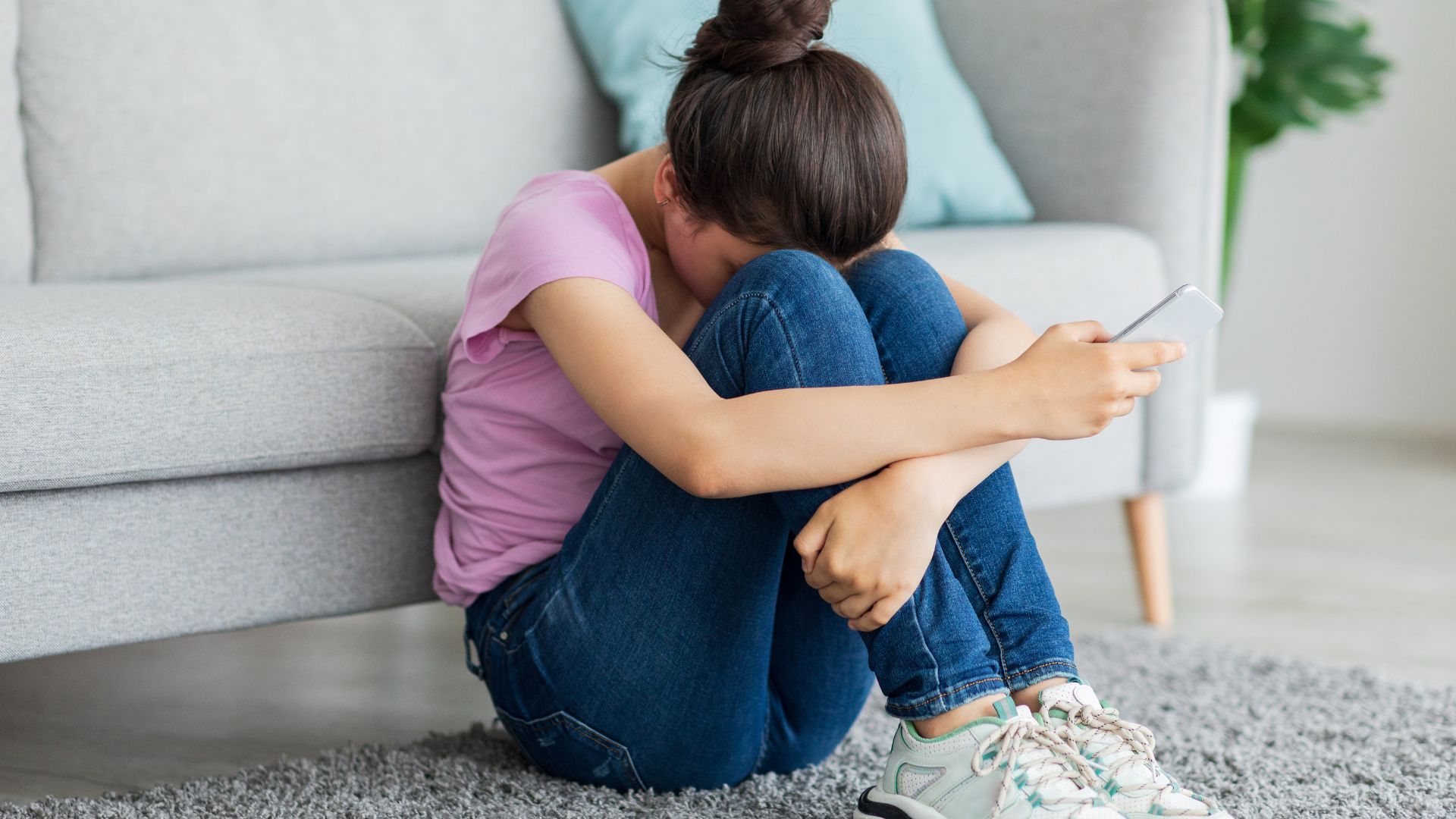“This report is a wake-up call to all of us to take action against harassment and violence, wherever and whenever it occurs.” On Wednesday, March 27, the European branch of the World Health Organization (WHO) released a new report highlighting the extent of cyberbullying among children aged 11 to 15. This study involved 279,000 children and adolescents from 44 countries and regions in Europe, Central Asia and Canada.
Almost one in six children is a victim of cyberbullying
According to WHO statistics, approx 16% of children aged 11-15 say they have experienced online harassment in 2022, a figure that has increased in four years. In 2018, the previous HBSC study (“Health Behavior in School-aged Children”) identified 13% of people who were victims of cyberbullying in this age group.
The Covid pandemic has nothing to do with it, the report analyzes. It has profoundly changed the way teenagers interact. “Virtual forms of peer violence have become particularly prevalent since the start of the Covid-19 pandemic, when young people’s worlds have become increasingly virtual during periods of lockdown”.
But school also remains a space conducive to harassment. About one in ten teenagers (11%) said they had been bullied at least 2 or 3 times a month in the last few months.
In most of the countries studied, cyberbullying peaks at age 11 for boys and 13 for girls. If overall the socio-professional category of the parents does not seem to affect the data, Canada has nevertheless reported a significant gap according to which children from the most disadvantaged backgrounds are the most molested.
Bulgarian, Lithuanian, Moldovan and Polish children are the most affected by cyberbullying. On the contrary, Spain is the country most spared from the phenomenon.
The profile of the abusers
WHO data also allows us to paint a portrait of the perpetrators of cyber harassment. One teenager in eight admits to having molested other people at least once or twice in the last two months (14% of boys and 9% of girls). This represents a three-point increase compared to 2018.
This gender division also holds true in schoolyards: on average, 6% of adolescents said they had harassed other people at school at least 2 or 3 times a month in the last two months (8% of boys and 5% of girls).
“It is urgent to raise awareness among young people, families and schools about forms of cyberbullying and their consequences, while regulating social networks to limit exposure to cyberbullying” concludes the report.
Following the suicide of her sister Diane, Agathe Lemaître (@agatheenparle) discovers that her diaries tell of a life turned upside down by the school harassment she suffered for years and which pushed her to end her life. Following this discovery, Agathe Lemaître published Le Livre de Liane telling this story, and today she continues to fight in the fight against school bullying.
Discover also: Our interview with Agathe Lemaître, who talks about the school harassment she suffered from her sister Diane.
This content is blocked because you have not accepted cookies and other trackers. This content is provided by YouTube.
To view it, you must accept the use made by YouTube with your data which may be used for the following purposes: to allow you to view and share content with social media, to promote the development and improvement of the products of Humanoid and its partners , show you personalized advertisements based on your profile and activity, define a personalized advertising profile, measure the performance of advertisements and content on this site and measure the audience of this site (more information)
Manage my choices
Do you like our articles? You’ll love our podcasts. All our series, urgently listen to here.
Source: Madmoizelle
Mary Crossley is an author at “The Fashion Vibes”. She is a seasoned journalist who is dedicated to delivering the latest news to her readers. With a keen sense of what’s important, Mary covers a wide range of topics, from politics to lifestyle and everything in between.





.jpg)